
Article
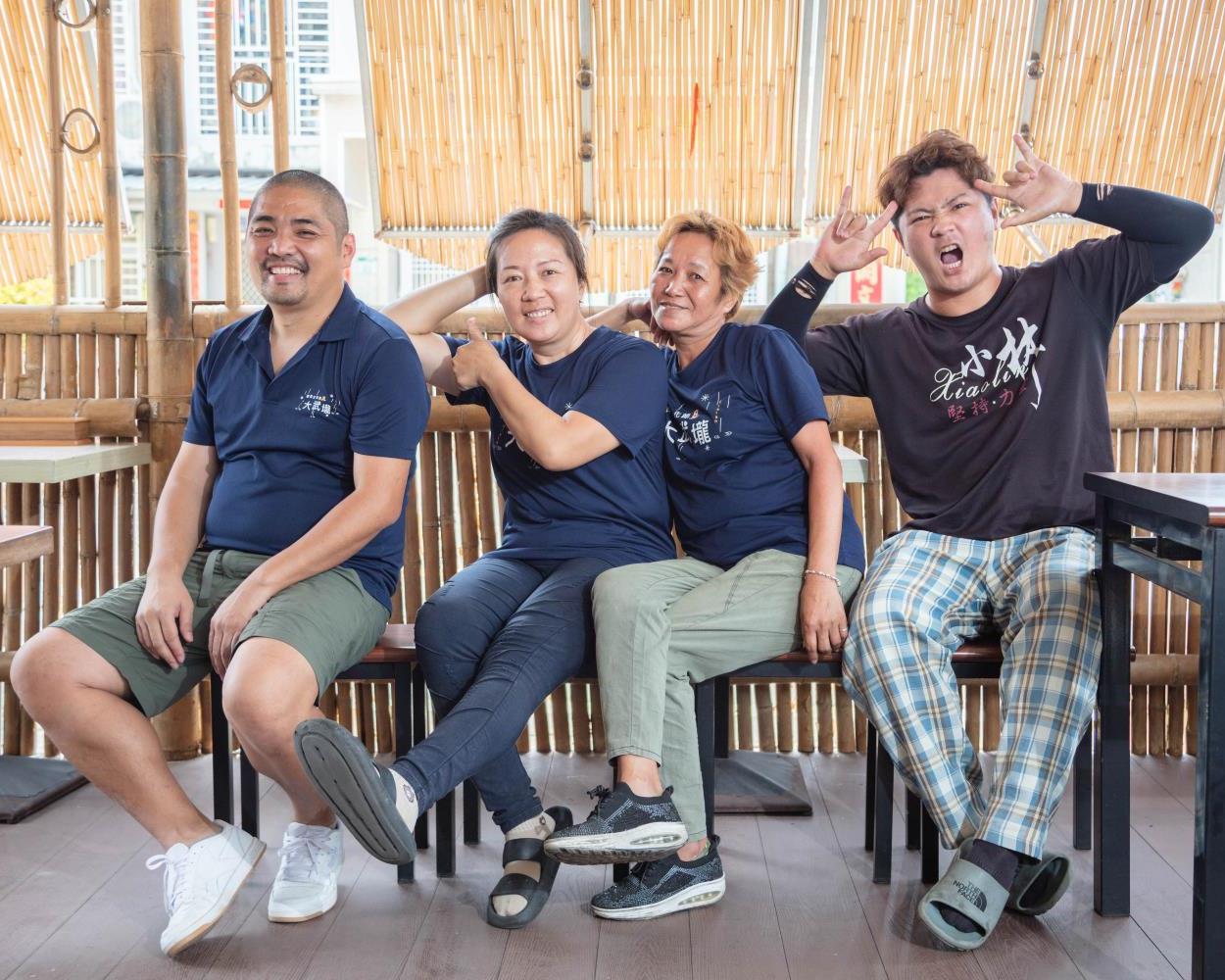
Sunshine Siaolin Village from Culture Revitalization to Economic Rebirth
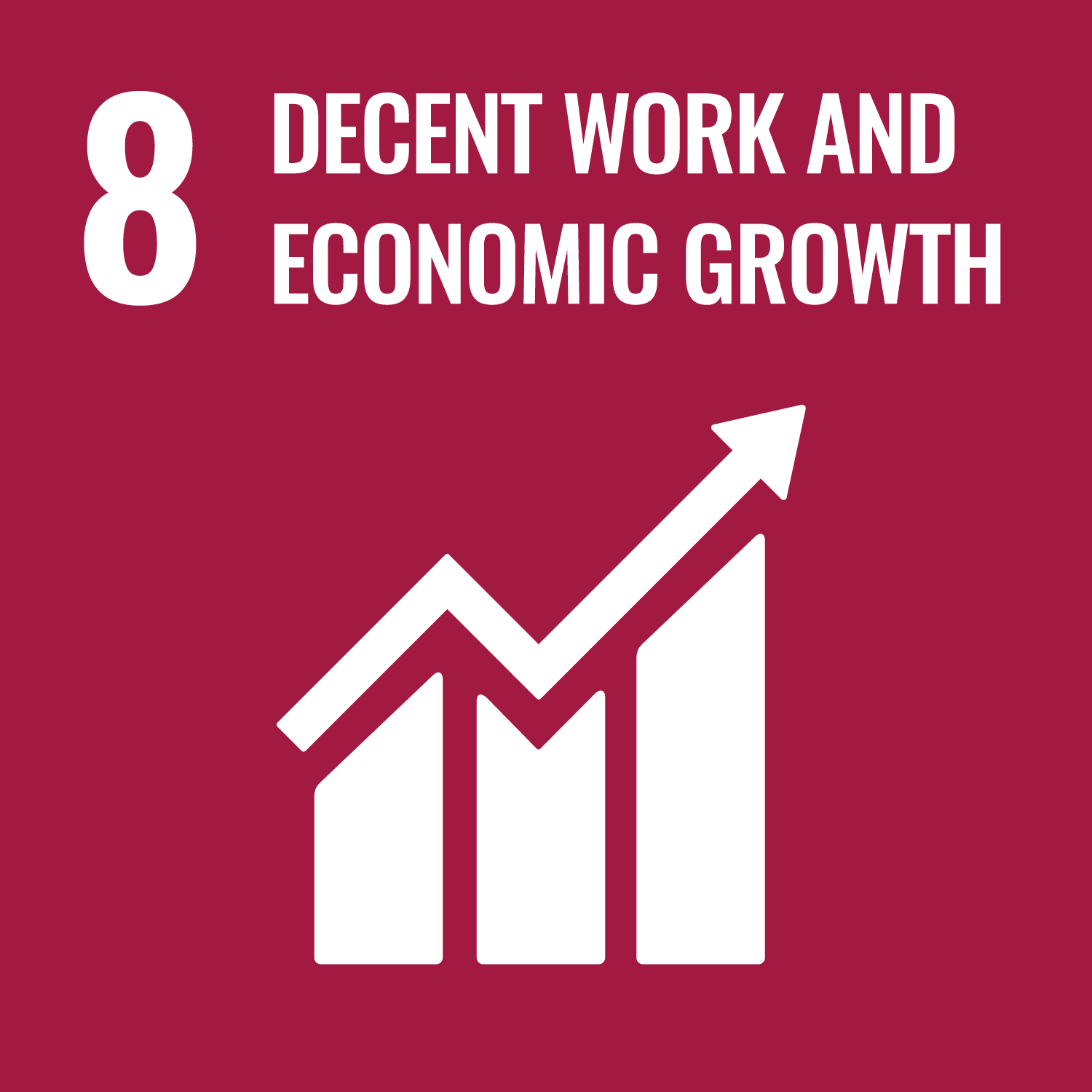
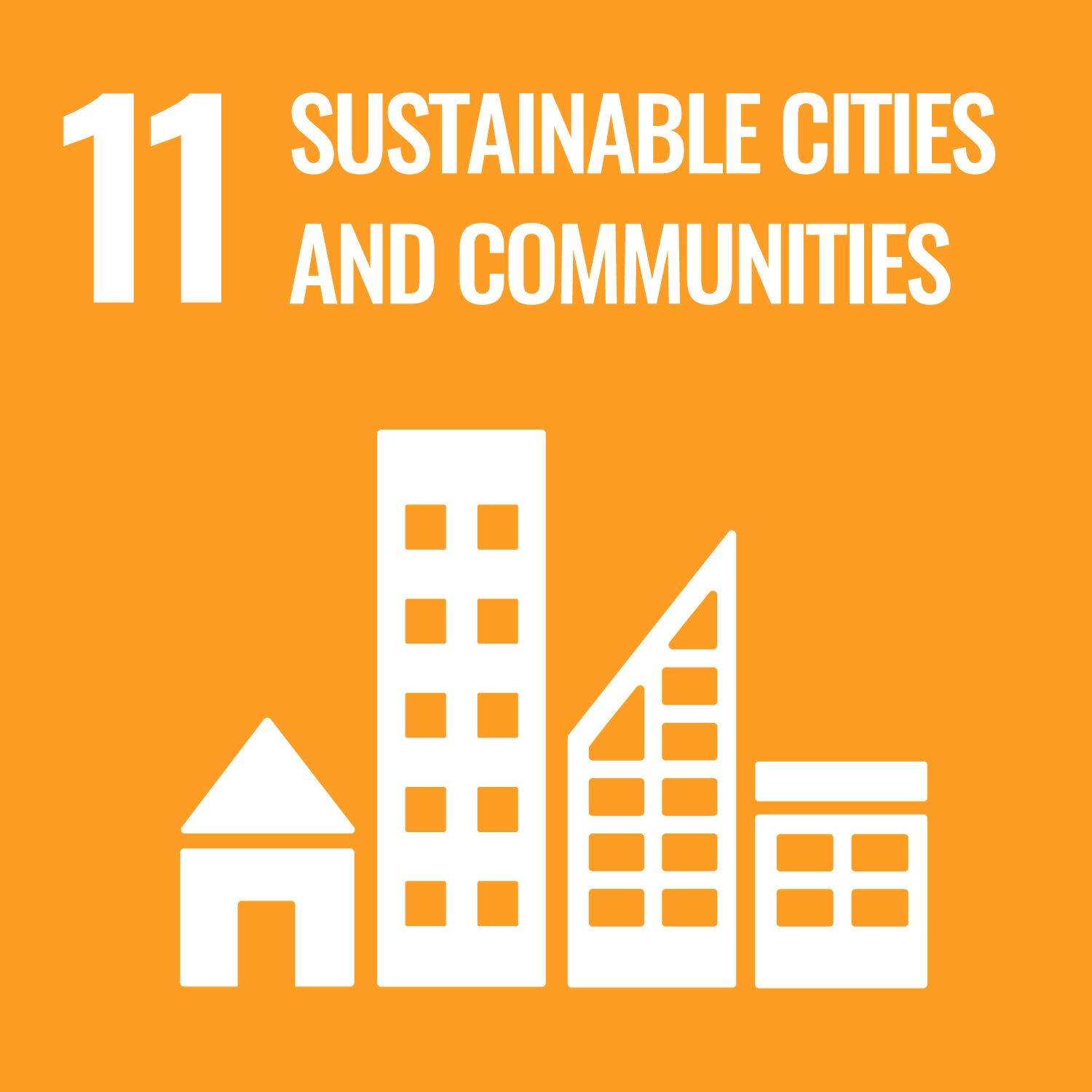
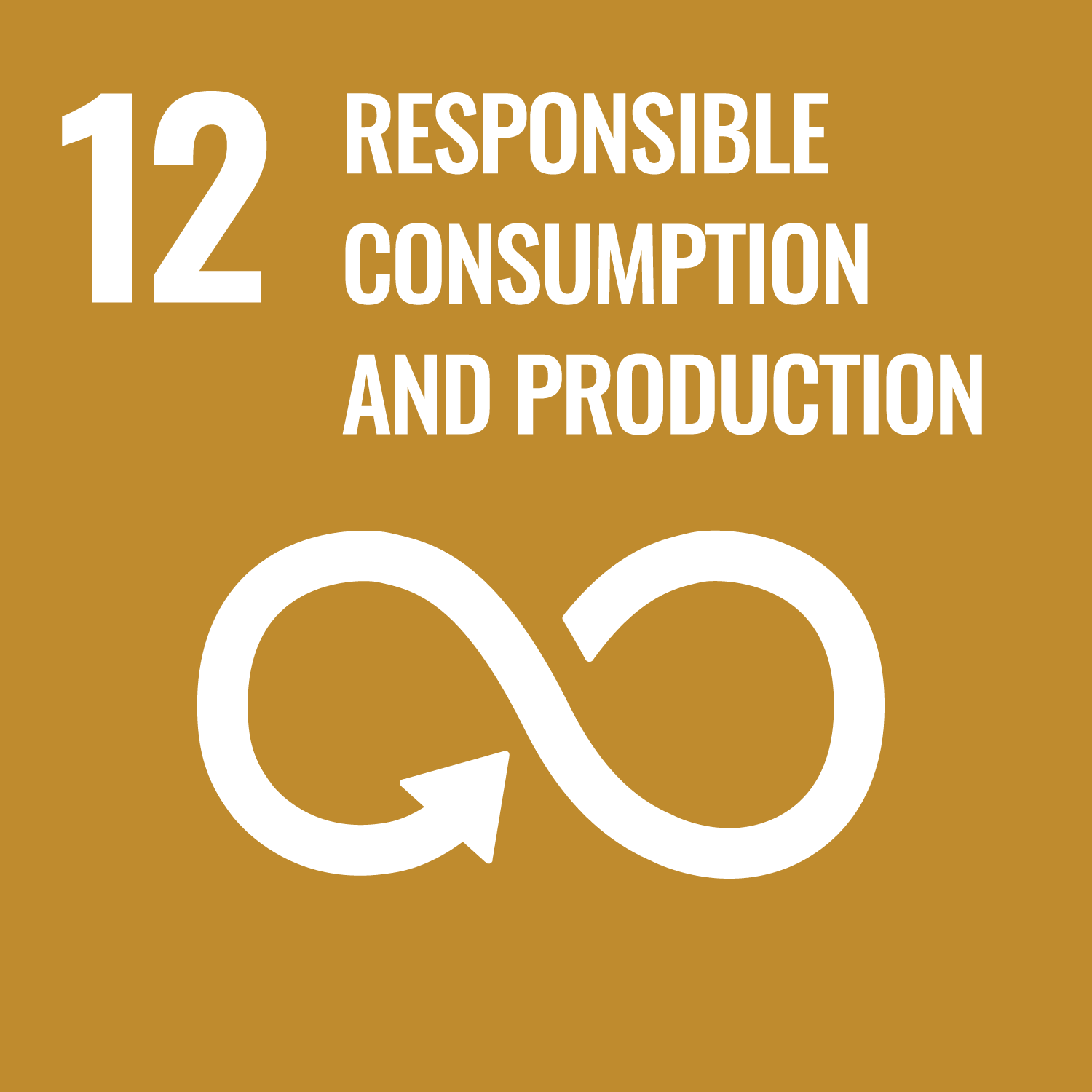
After the typhoon disaster, Siaolin villagers relocated to three different prefabs: "Siaolin 1 Village," which is closest to their original tribe; "Siao'ai Siaolin Village," and "Sunshine Siaolin Village," which are close to the plain. Among them, Sunshine Siaolin Village has the largest number of households (120 families) and was named after a Japanese friend who encouraged the villagers with a gift of sunflowers, a symbol of perseverance and hope. To continue the love without boundaries, the villagers named the village "Sunshine" as their spiritual symbol.
They didn't expect that a performance to celebrate the permanent house moving-in ceremony of Sunshine Siaolin Village in 2011 would change them forever. They originally invited their nearby friends, Mamasia District aboriginals, to teach them the Amis Cha-Cha dance. Later, under a limited budget and the desire to explore their own culture, the villagers decided to perform their own dance. Led by Mr. Wang Min-liang, a returning hometown young man, the villagers formed "Taivoan Dance Theatre", named after the tribe's old name. They incorporated elements of their daily lives into their dances and asked the elders to sing ancient rhymes. What they didn't expect is that when the villagers form together to practice the dance through the music, they comfort each other from losing their loved ones, thus creating a collective healing effect.
Taivoan Dance Theatre as Corn to Develop Culture Revitalization
Taivoan Dance Theatre has brought people together! Mr. Wang said this excitedly. The establishment of the dance theatre provided a meeting place for the tribe's people as well as letting them know more about their identity. In the process of searching the ancient rhymes, aided by Mr. Jian Wen-min, the associate professor of Kao Yuan University of Science and Technology, the tribe people discovered lots of Tevorang and the related languages, which Siaolin Villagers refer to as "Taivoan," had already appeared in the field surveys conducted by Japanese scholars during the Japanese Colonial Rule Period.
The search for the tribe's roots led people to a cultural dynamic. They found that there were many codes to prove that the Taivoan tribe once existed around them, such as the Fishbone Ferns and Globe Amaranth that they wore on their heads during the tribe ceremonies. The needle-like grass pattern of Cirsium kawakamii and the embroidery on the traditional clothing are all proofs. The end proof is the rattan-woven fish traps (Agicin) from the indigenous fishing and hunting culture, where the tribe people trace their Taivoan culture roots through each other's specialties.
After touching themselves, so do others. The tribe's young people have become the core of rebuilding Taivoan culture. They didn't expect the establishment of the dance theatre to release such great energy, and they received many performing invitations. The members' casual sayings like "Maybe our ancient rhymes will be shortlisted for the Golden Melody Awards in the future" and "Maybe we will be able to stand on the stage of the National Taichung Theater in the future" have all come true!
The dance theatre is like a seed, and various cultural revitalization efforts are spreading out like leaves, such as the tribe botanical garden, the tribe temple (Kuba), night ceremonies, embroidery culture, tribe kitchens, etc. The small trips that connect through the Sunshine Siaolin Community Development Association are beloved by the visitors. The project manager, Mr. Wang Min-liang, said that excluding the three years affected by COVID-19, there were an average of 1,200 visitors per year in the first three years of the cultural experience tours, which then grew to nearly 2,000 visitors.
Community Mothers' Handmade Giftboxes Make Profits for the Tribe
The Association joined the Multi-Employment Promotion Program (MEPP) of the Ministry of Labor (MOL) in 2016. Till now, it is the 8th year of joining the program as a very important assisting system for the Association. With sufficient manpower, Mr. Wang, who graduated from the Department of Food and Nutrition, leads the community mothers to produce local souvenirs. The first try was the Mid-Autumn Festival gift box, which sold 3,000 boxes and generated one million NT dollars in turnover. The Association keeps innovating; it has developed several seasonal products, such as Spring Festival wood-fired rice cakes, turmeric sausage, Dragon Boat Festival rice dumplings, and Mid-Autumn Festival plum and ginger gift boxes. In addition, handmade soaps, cultural and creative products, books, and ancient rhyme CD records have become the income source of the villagers through online and offline marketing and participation in events to sell them.
There is also the "Taivoan Song and Dance Cultural Festival," which people expect every year and has become one of the most important music and dance programs in south Taiwan in the past 9 years. This year, the festival also featured Golden Melody Award-winning indigenous singers Sangpuy (Puyuma People) and Sauljaljui (Paiwan People) as a cross-ethnic event. There were also more than 70 stalls at the festival, an environmental theater that combined traditional festivals with a righting name campaign, an emotional tribal tour, and a real-life game called "Taivoan Hunter". Through those activities, the Association has introduced its local characteristics to outsiders and increased awareness of the brand "Sunshine Siaolin."
Staying Mothers in the Tribe and Rooting Their Children
The affairs of the Association demonstrate the resilience of the tribes' people. Usually, one person plays various roles and does various tasks and events. "We don't expect much of the young people to return, but at least keep the women in their tribes, and the children will live with their mothers. Then naturally, the population won't move out." After 10 years of returning home, Mr. Wang is leading a group of villagers with no more than 200 permanent residents. Based on the culture of Taivoan, they are living well with value and dignity and regaining self-confidence and pride.
The permanent cultural advisor of the Dance Theatre, Mr. Jian Wen-min, analyzed the Siaolin Village's situation from the point of view of post-disaster reconstruction in Disaster Anthropology. Although the villagers had suffered from the destruction of their families, tribes, and even their self-worth, when facing the downturn, they chose to sing the ancient rhymes to revitalize their lives and make them more meaningful, which became a model of self-improvement.
Sunshine Siaolin Community Development Association: Official Website
| Fishing Traps (Taivoan Language: Agicin) |
| As the first MEPP staff member to join the Association, Mrs. Huang Shu-ting has returned to Saiolin village with her husband and two kids who hadn't gotten into school to take care of her father-in-law, who lived alone eight years ago. Now the two kids are both high school students. After joining the Association, Mrs. Huang, who used to work in the hairdressing industry, has learned many skills to do everything in the Association. From Chinese cuisine, desires bakery, handmade soap production, turmeric planting, and expense reimbursement, all the operations of the Association. But what makes her most proud is learning how to embroider, which gives her confidence when she wears the custom clothes with the "Cirsium kawakamii" embroidery tattoo for the events. |
|
|
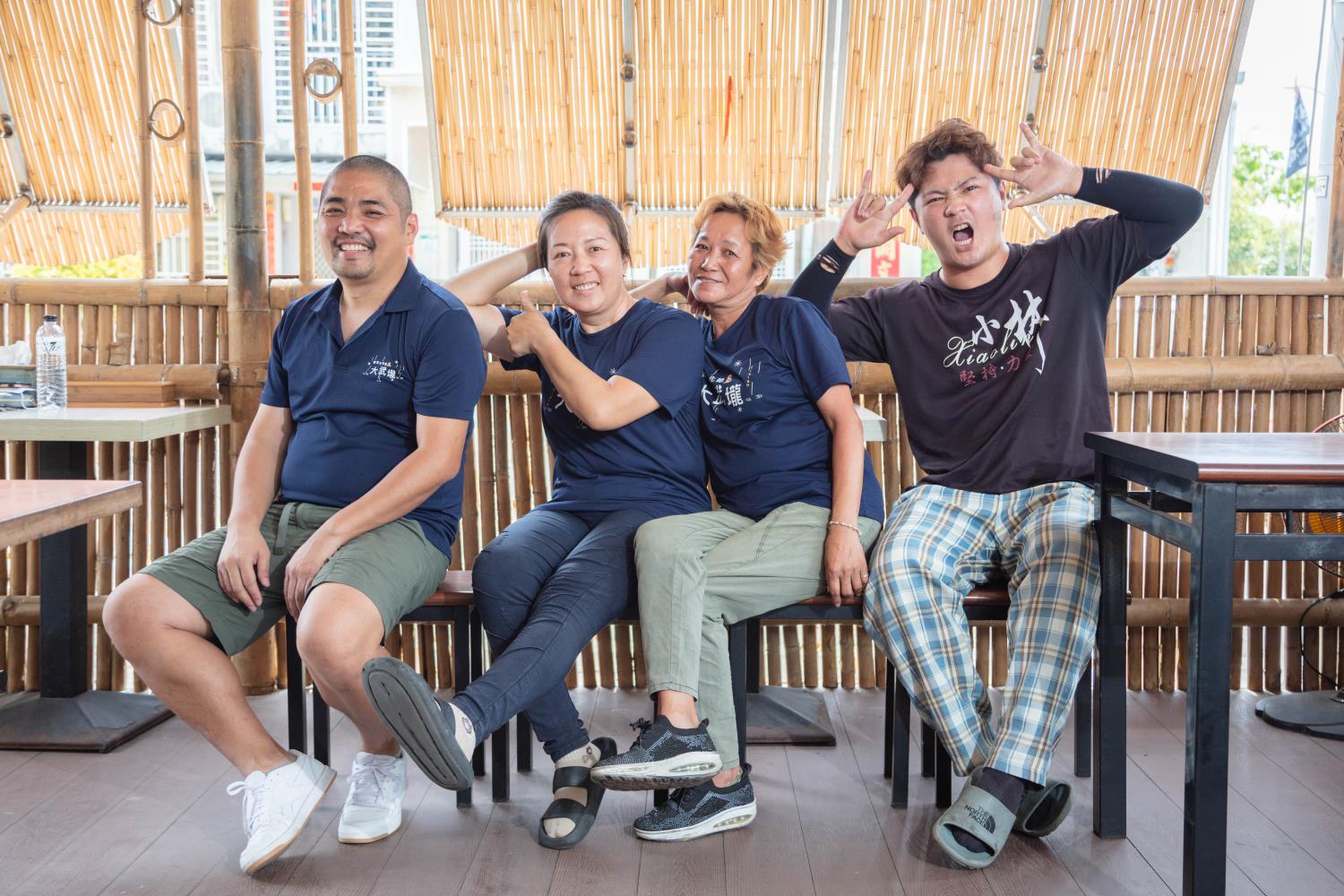
▲"Don't give up any hope if you are still alive." Mr. Wang Min-liang, the Director of the Association led the team to move forward optimistically
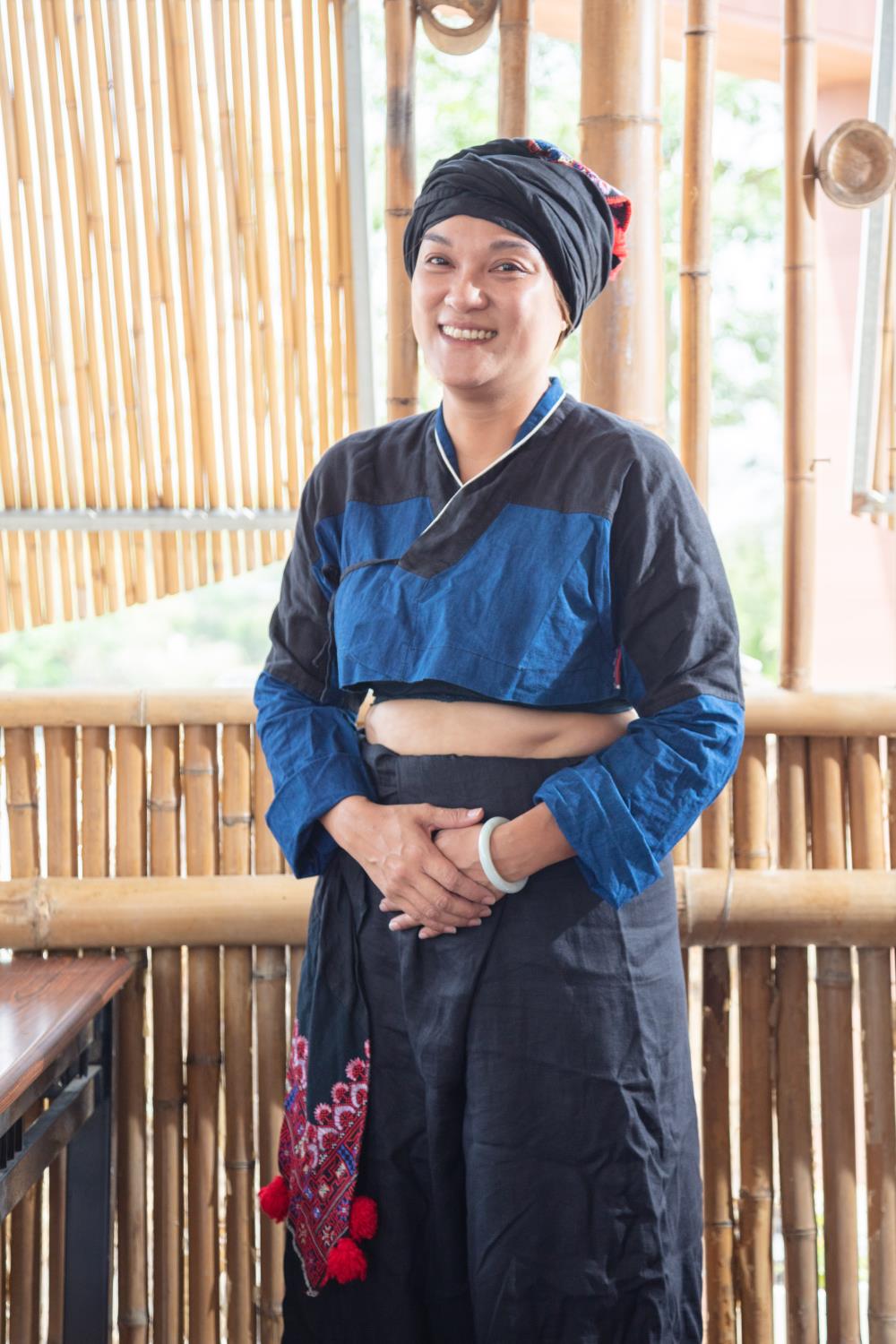
▲The lady who wears the traditional costume is confident and cheerful
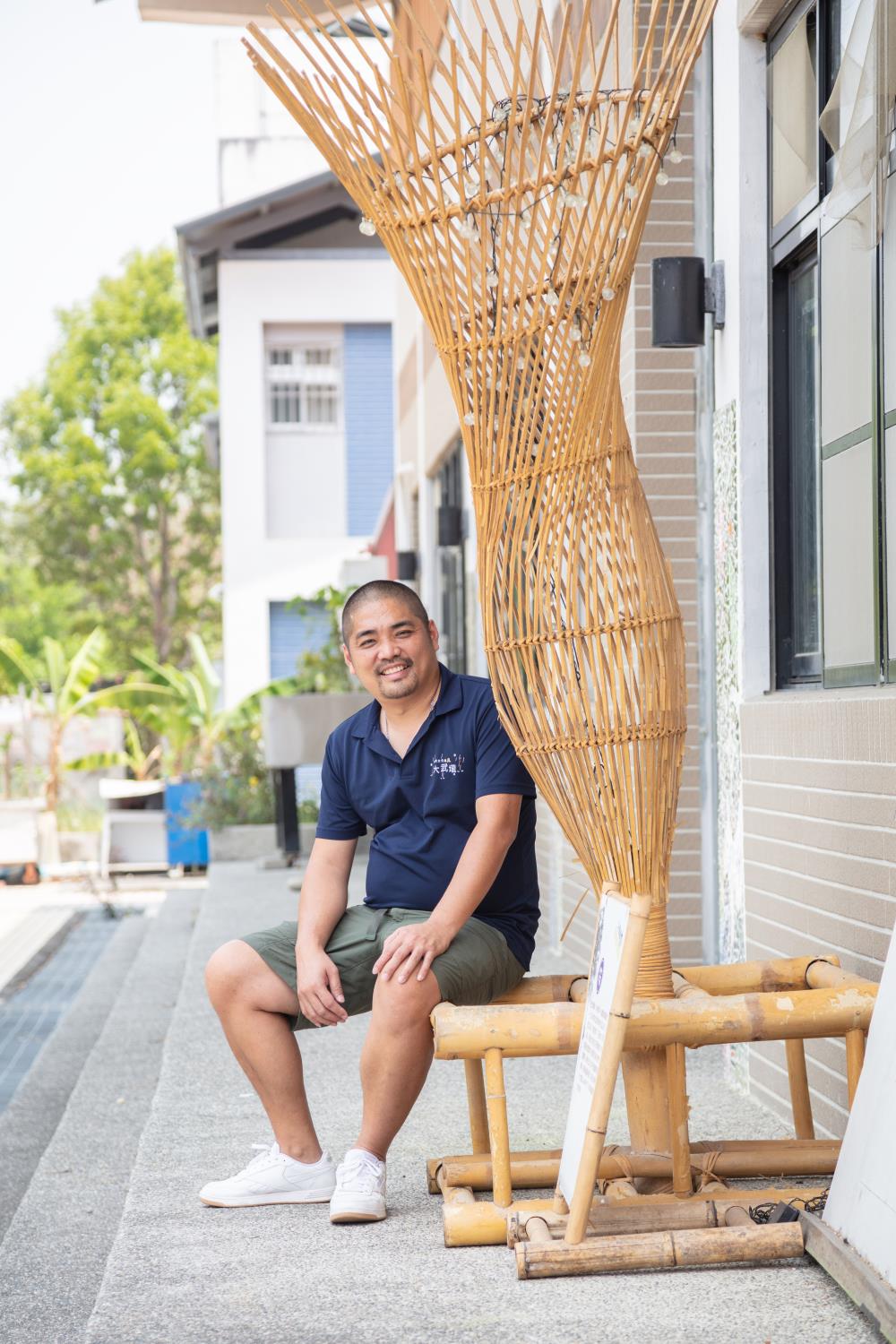
▲A large-scale bamboo fishing trap made of yellow rattan as installation art
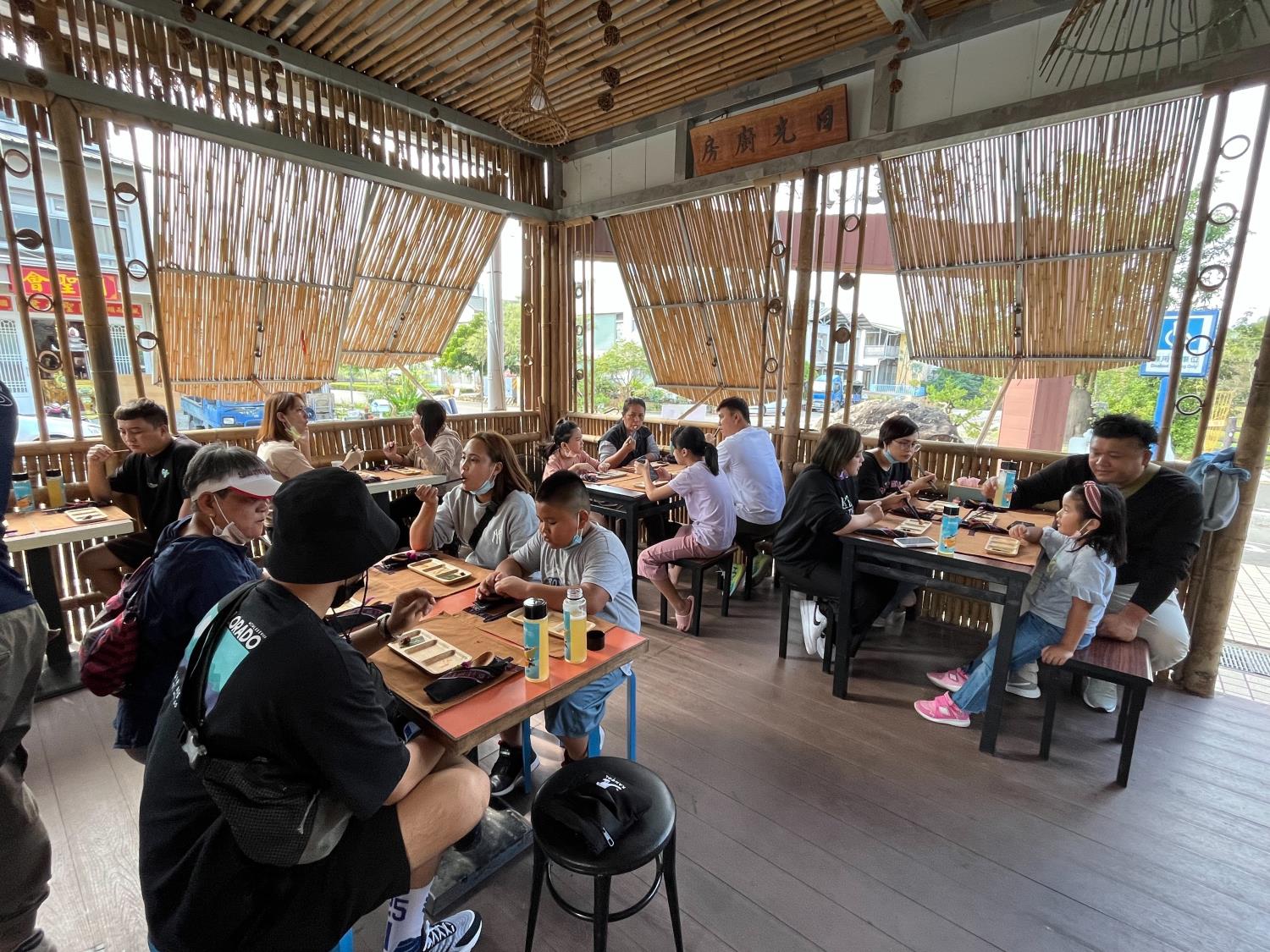
▲The Diner space with special features in the Tribal Kitchen
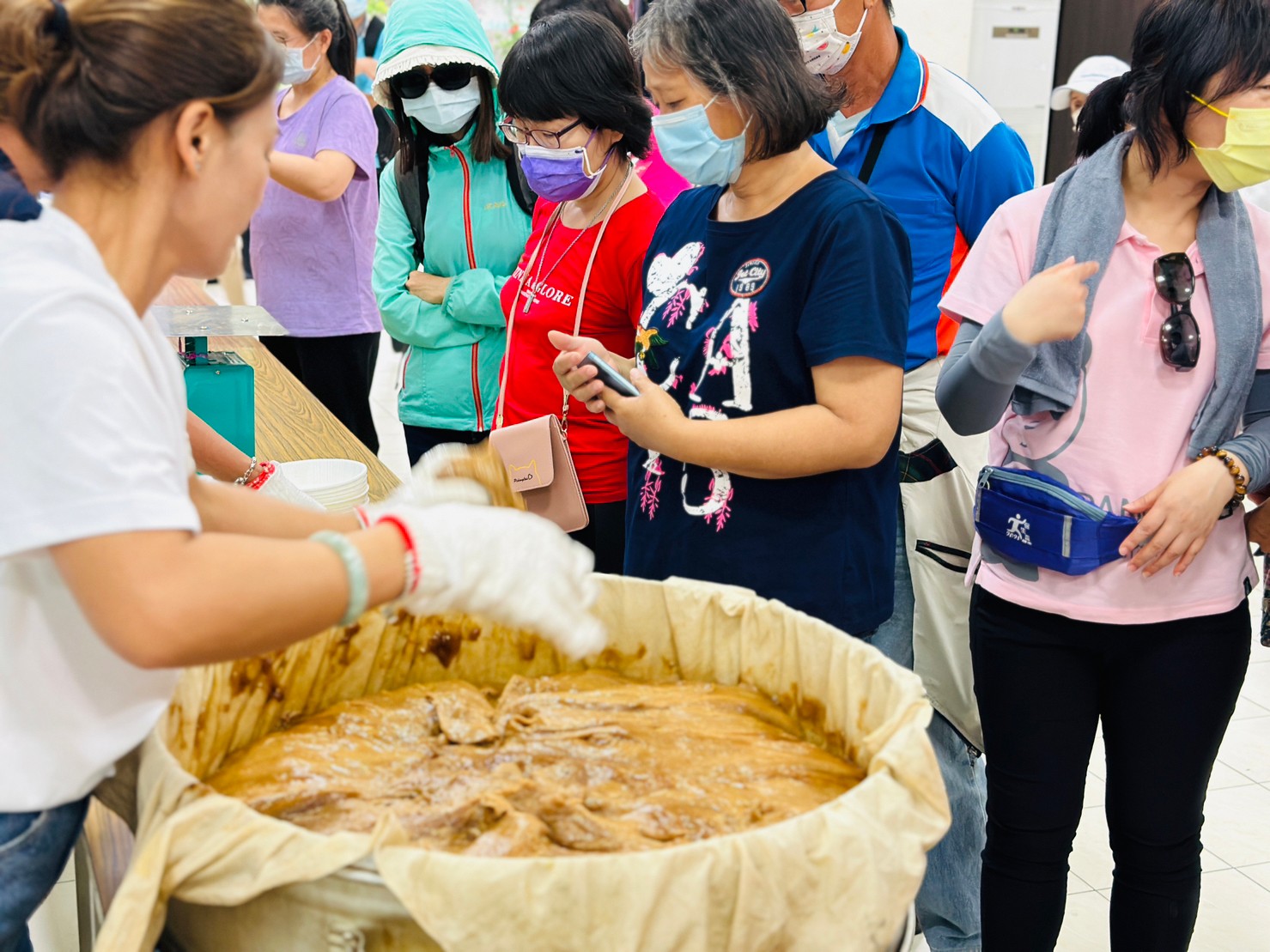
▲The wood-fired rice cakes made by the community mothers are one of the most popular seasonal products
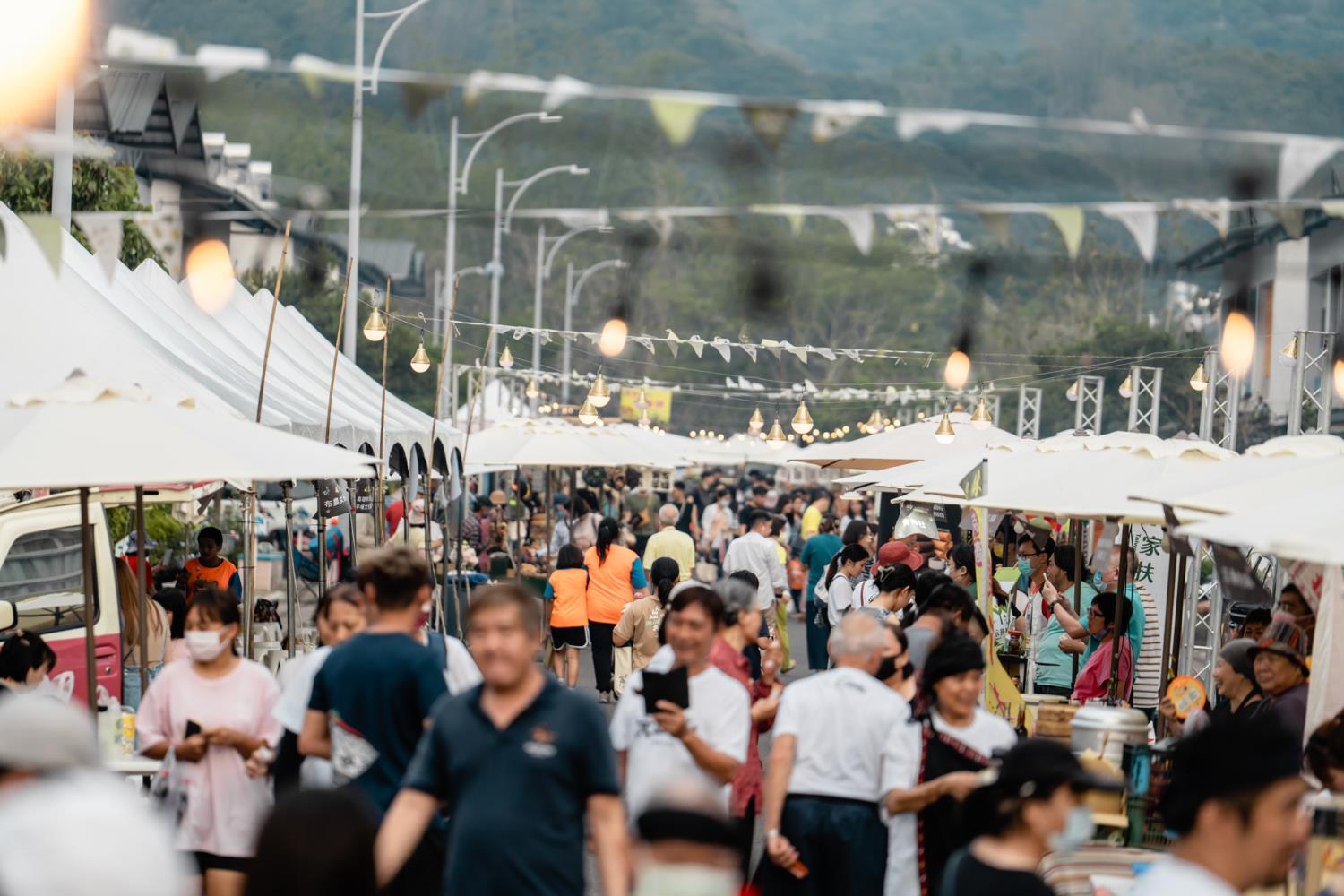
▲The 2023 Taivoan Song and Dance Cultural Festival attracts lots of visitors. (Pictures provided: Sunshine Siaolin Community Development Association)
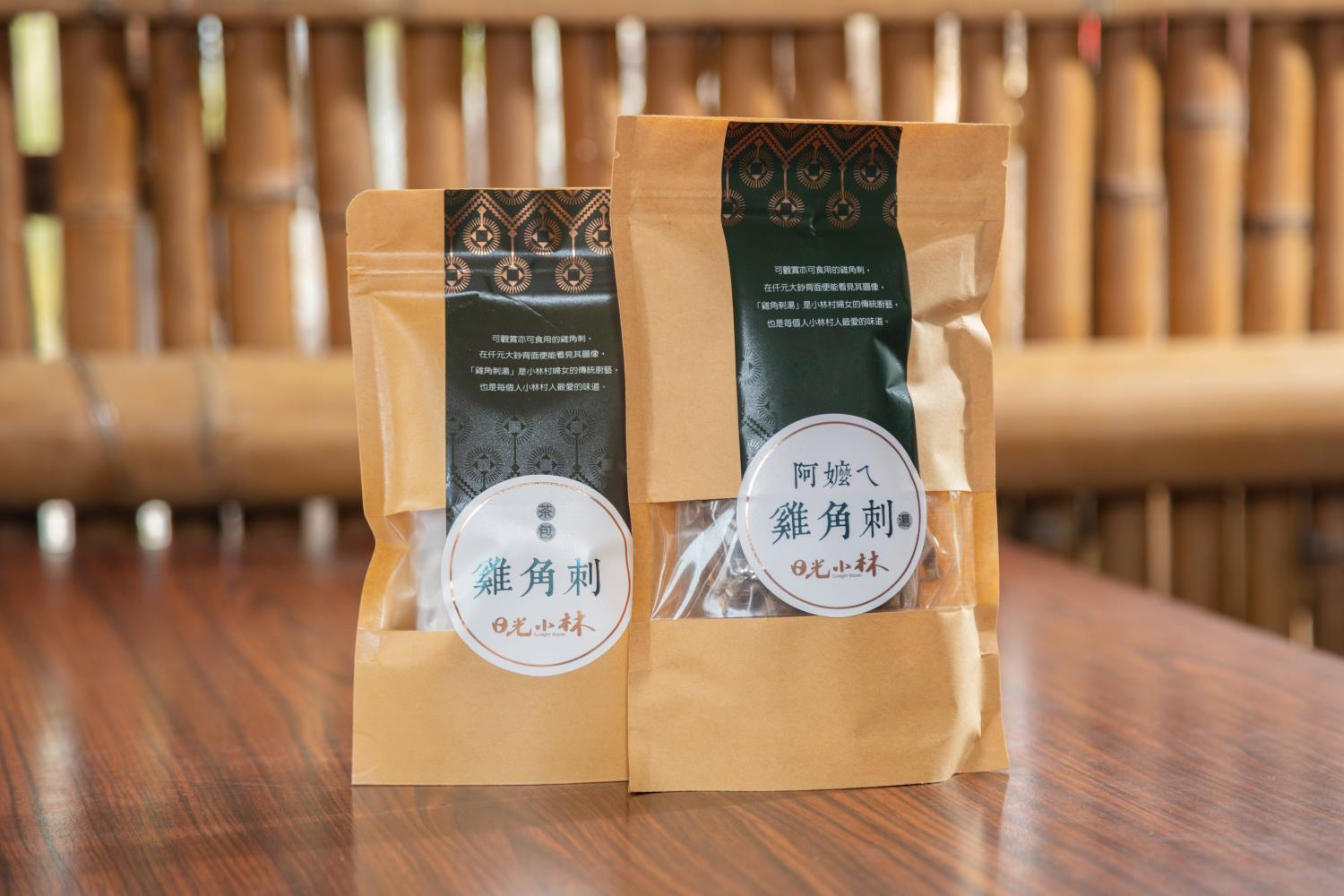
▲Cirsium kawakamii can be used to make soup, tea bags, and wine, making gifts that represent the Sunshine Siaolin Community. (Photo by Lin Ying-cheng)
Interviewee: Taoyuan City Fuxing Makino Bamboo Industry Development Association (Taiwan Makino Bamboo)
![]()
This work is licensed under a Creative Commons Attribution-NoDerivatives 4.0 International License.
Please attribute this article to “Workforce Development Agency, Ministry of Labor.”
